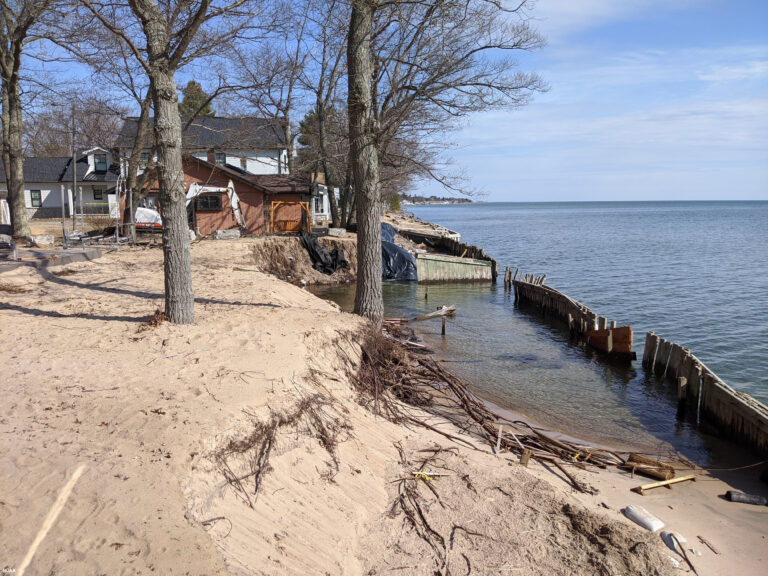The US Department of Commerce and NOAA are to invest US$3.72m to support research on Great Lakes water-level forecasts, as part of President Biden’s Investing in America agenda, under the Bipartisan Infrastructure Law.
These funds will be distributed by NOAA’s Great Lakes Environmental Research Laboratory (GLERL) to NOAA’s Cooperative Institute for Great Lakes Research (CIGLR), hosted by the University of Michigan.
Advancing water-level forecasts
Water-level forecasts are used by many throughout the region for commerce, recreation and safety. The use of current forecasts for decision making has been historically limited due to large uncertainties in the rise and fall of anticipated water levels and the short time span of accurate predictions. According to NOAA, research to improve forecasts that provide increased confidence in water- level changes could provide critical information to decision makers, and support efforts to strengthen coastal resiliency.
This project is designed to improve seasonal water-level forecasts using technology like machine learning to extend the forecasts from six months to one year. The new advanced forecast will also enable researchers to see how global and regional climate patterns such as El Niño and La Niña affect the Great Lakes water levels. The results will help local and state-level leaders anticipate potential hazards.
Executive comment
“The Great Lakes are an economic powerhouse supporting thousands of jobs in tourism, recreation and marine transportation, and they depend on adequate water levels to meet the needs of the region,” said US Secretary of Commerce Gina Raimondo. “Thanks to President Biden’s Investing in America agenda, this investment of over US$3m will boost NOAA’s efforts to study and predict water-level forecasts and help communities plan ahead to minimize the impacts of flooding along the shoreline – all while addressing the regional challenges of climate change.”
“Changes in Great Lakes water levels impact commerce, shipping, tourism and the overall economies and livelihoods of coastal communities,” said Rick Spinrad, NOAA administrator. “More than 27 million people live along the shoreline of the Great Lakes, and the region depends heavily on these huge bodies of water. These funds will help us better understand and anticipate water-level changes, which often lead to severe flooding and can have large impacts on so many towns, cities and states.”
“Having a more accurate, long-term advanced forecast will help communities plan and manage for changes in lake levels to reduce impacts and protect their citizens from flooding,” said Debbie Lee, director of GLERL. “Commercial shipping companies, coastal residents, families out for a sail on the lake or a day at the beach – all kinds of people around the lakes want to know about water fluctuations. This will help them prepare for any hazards those fluctuations may cause.”
For more of the top insights into NOAA’s operations, read Meteorological Technology International’s exclusive interview with Dr Sarah Kapnick, chief scientist at NOAA, here.



